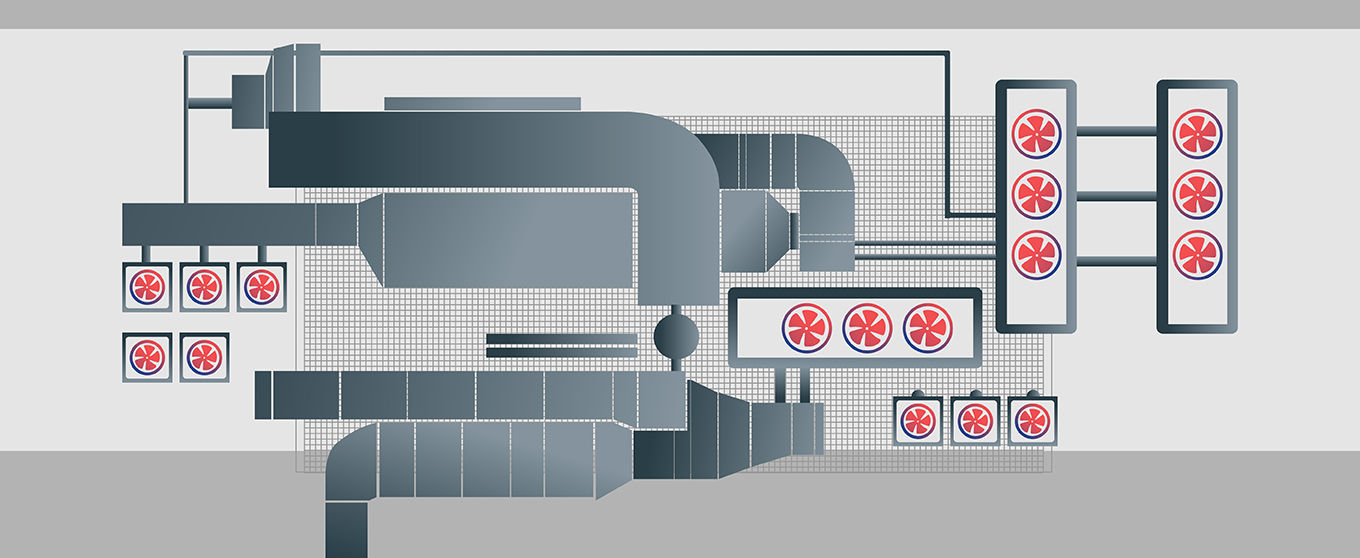A Few Tips on Designing an IoT-enabled HVAC system
1- Stick to the standard. Integrating your devices with the cloud is just the first step. Even as a small, local vendor you might end up servicing global clients which would require your products to have cloud-to-cloud connectivity with other IoT systems. To ensure your HVAC solutions are easy to plug into, opt for open native libraries when designing them, and choose a cloud architecture that’s agnostic to any particular types of data.
2- Plan out the app development. Some execs assume that remote control of HVAC appliances, from mobile or web apps, is just an add-on feature when, in fact, it should be woven into each stage of the connected product engineering. The app’s capabilities must be thought out in advance and questions such as the following must be addressed at the project’s outset:
Will the users be able to manage through the app’s dashboard several stand-alone HVAC systems at once?
Will the remote, off-site controlling capabilities be limited for security purposes?
What if the internet connection crashes or the device’s battery dies out? Have we an efficient system in place to collect and update local behavior while offline?
3- Ensure Over-The-Air (OTA) updates are easy to implement. This is one of the key advantages associated with the IoT and a distinctive feature of connected devices – their improvement continues after the installation is done.
Make sure you devise a method for adding new features to HVAC tools quickly and that the system can be modified, without undue delays, to suit the client’s preferences. That said, don’t neglect safety measures either: All the state-of-art protection methods must be applied and the security system itself must be updated, via OTA communication, whenever necessary.
4- Do not experiment with hardware. When it comes to networking protocols and connectivity, you shouldn’t take any chances: don’t stuff your equipment with shoddy Wi-Fi chips from some no-name supplier to save a few dollars. You want the wireless connectivity in your HVAC system to have a full networking stack and opting for the premium hardware most leading smartphones are already using is the best way to ensure that. Premium hardware will also help deliver high-level security, prevent insufficient wireless range or lack of compatibility.







